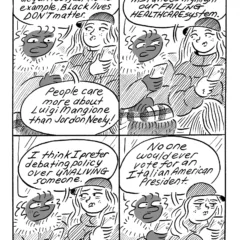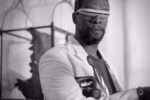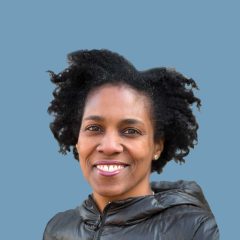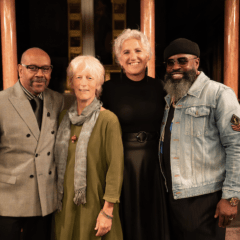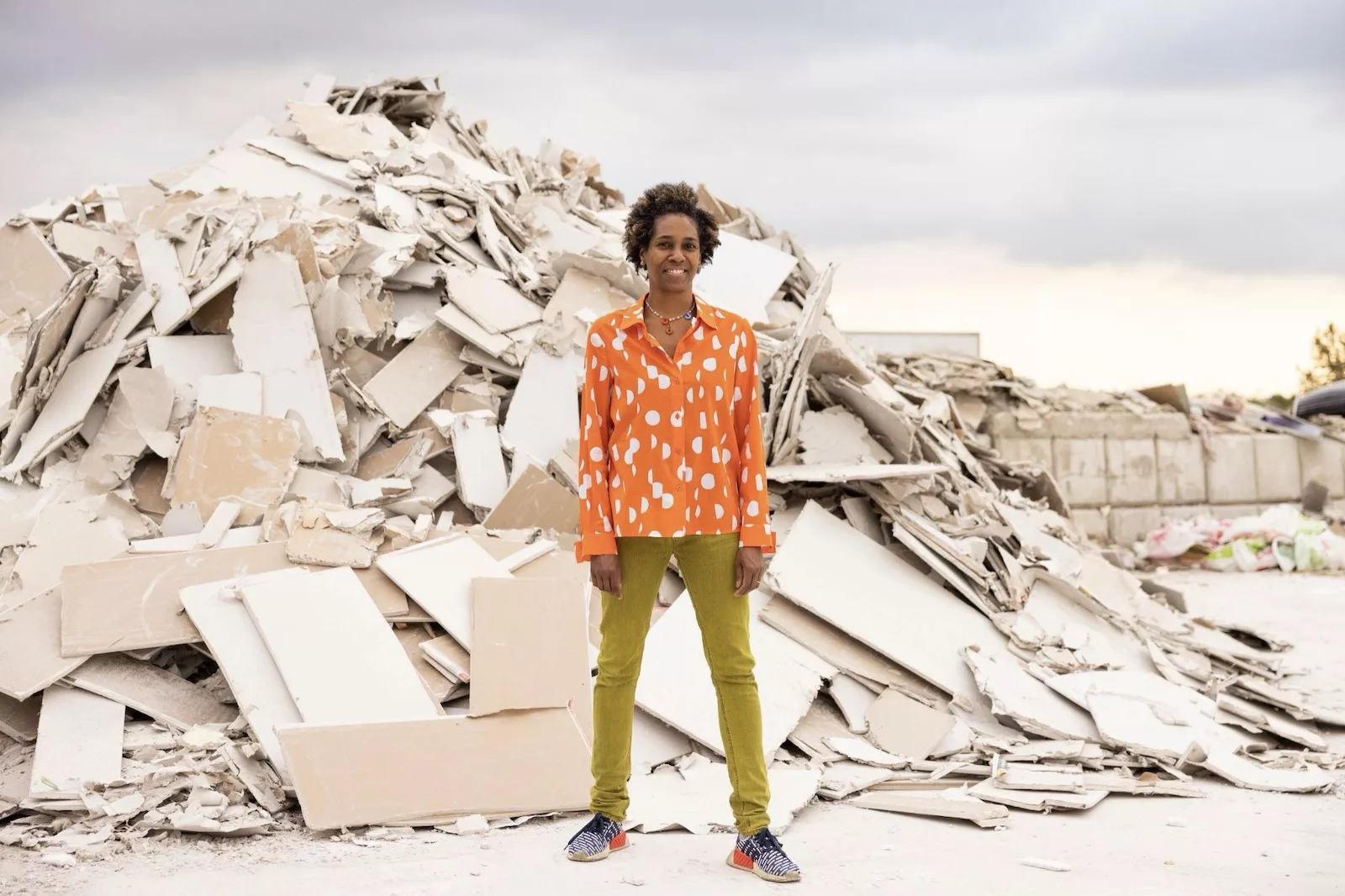
Author’s Introduction
Walking down Philadelphia streets, history greets us at every turn. We see it in the city’s architecture, in the traditions of its citizens, and in the museums and cultural institutions filled with the memorabilia of the American project. The city’s Black history has been less well chronicled until recently, but as of late more of those stories are being told. The opening of The Colored Girls Museum and the movement to save the historical houses of John Coltrane, Dox Thrash, Marian Anderson, Henry Ossawa Tanner have raised awareness. Other examples include Blam! the graphic novelization of the lives of 14 Black Philadelphia heroes of the 19th and 20th Centuries and Tasting Freedom: Octavius Catto and the Battle for Equality in Civil War America, and most recently the monument to Octavius Catto outside City Hall.
The new exhibition Black Like That: Our Lives as Living Praxis at Temple Contemporary, sponsored by Temple’s Tyler School of Art and Architecture, and generously underwritten by a PEW Center for Arts and Heritage grant, draws upon the talents of three Philadelphia contemporary artists. Formed with a bent towards community engagement, the project intends to bring under-represented history to the surface in ways that enrich the cultural life of the city and restore those stories to their rightful place.
I had an opportunity to speak with Jova Lynne, formerly Director of Exhibitions and Public Programs at the Tyler School of Art and Architecture, and for the past year and a half Artistic Director at MOCAD (Museum of Contemporary Art Detroit), about the project. We explored Jova’s history, the building blocks of her curatorial vision, the genesis of this project, the selection of the artists, and finally her hopes for what Black Like That will bring to the city. Below are excerpts from our conversation, edited for clarity.
Pete Sparber: Jova, tell me a little about your background. What were the forces that formed your curatorial work and vision?
Jova Lynne: My whole life I have known that I wanted to be an artist, but entered the field through the lens of community engagement. I truly believe that art has the power to help change minds and provide a lens for every person to experience other people, places and cultures. I was born and raised in New York City, and pretty much raised by my mom, my aunt and my grandparents. Art was always a big part of our lives. (I attended) after school programs at the Smithsonian and Cooper Hewitt, and took courses at Cooper Union. As a kid I was interested in how art exists in so many places, as so many things; photography, painting on a canvas or murals on a wall. The fact that there are so many possibilities always fascinated me, and that art can speak without language.
(After high school) I went to Hampshire College, a non-traditional school where I had the opportunity to create my own major. I studied video art, education and ethnography… specifically Black history. When I graduated college, I got a curatorial fellowship at the museum where I’m now co-director, which is so wild.
(Over time) I earned an MFA in photography at Cranbrook, worked in K through 12 art classrooms, went to San Francisco where I joined a non-collecting institution called Yerba Buena Center for the Arts, and did community organizing in New York and California with people currently or formerly incarcerated.
I’m also a working artist in addition to being an arts administrator. Curation is something that I grew into along the way because I had experience in museum education and the opportunity to curate smaller community oriented shows. I always sought employment at institutions that foster the intersection of community engagement, education, and the arts. That’s how I ended up at Temple Contemporary.
Pete: What was the impetus for this project? How did it begin and develop?
Jova: (At Temple) I tried to make this connection between contemporary practice, education and the ‘wellbeing’ of histories. I feel like art is a great way to archive what’s happening in the now. And contemporary art does just that. The project came from the notion of artists as archivists, which is at the root of my whole curatorial practice. At Temple Contemporary, Susan Cahan the Dean of the Tyler School of Art and Architecture introduced me to the people at the Charles L. Blockson Collection, the largest archive of Black life in Philadelphia. Walking in there and meeting Dr. Diane Turner (the collection Director) and Leslie Willis-Lowry (Temple Archivist) was just amazing. The resources they have (regarding) the rich legacy of Black arts in Philadelphia are profound. The PEW grant ‘expedited’ the project, essentially as an outgrowth of COVID’s disproportionate effects on the Black communities in Philadelphia…the lack of medical, economic and other infrastructure really illuminated the need. We needed to make sure that our stories were being told in real time and that we were the authors of our own histories.
That’s how this project came about. There is no shortage of amazing, exceptional Black artists in Philadelphia. The creative ecosystem there is one of the most beautiful that I’ve experienced in my career. Pat, Karyn, and Tiona became involved in the project because their practices already had archival elements. We also wanted to think about the intersection among the kinds of art they make. Some of their archival themes overlap, but each artist’s work is very different, and the way it’s delivered is diverse. In my dream world we’d have the opportunity to do this project over and over again with different artists.
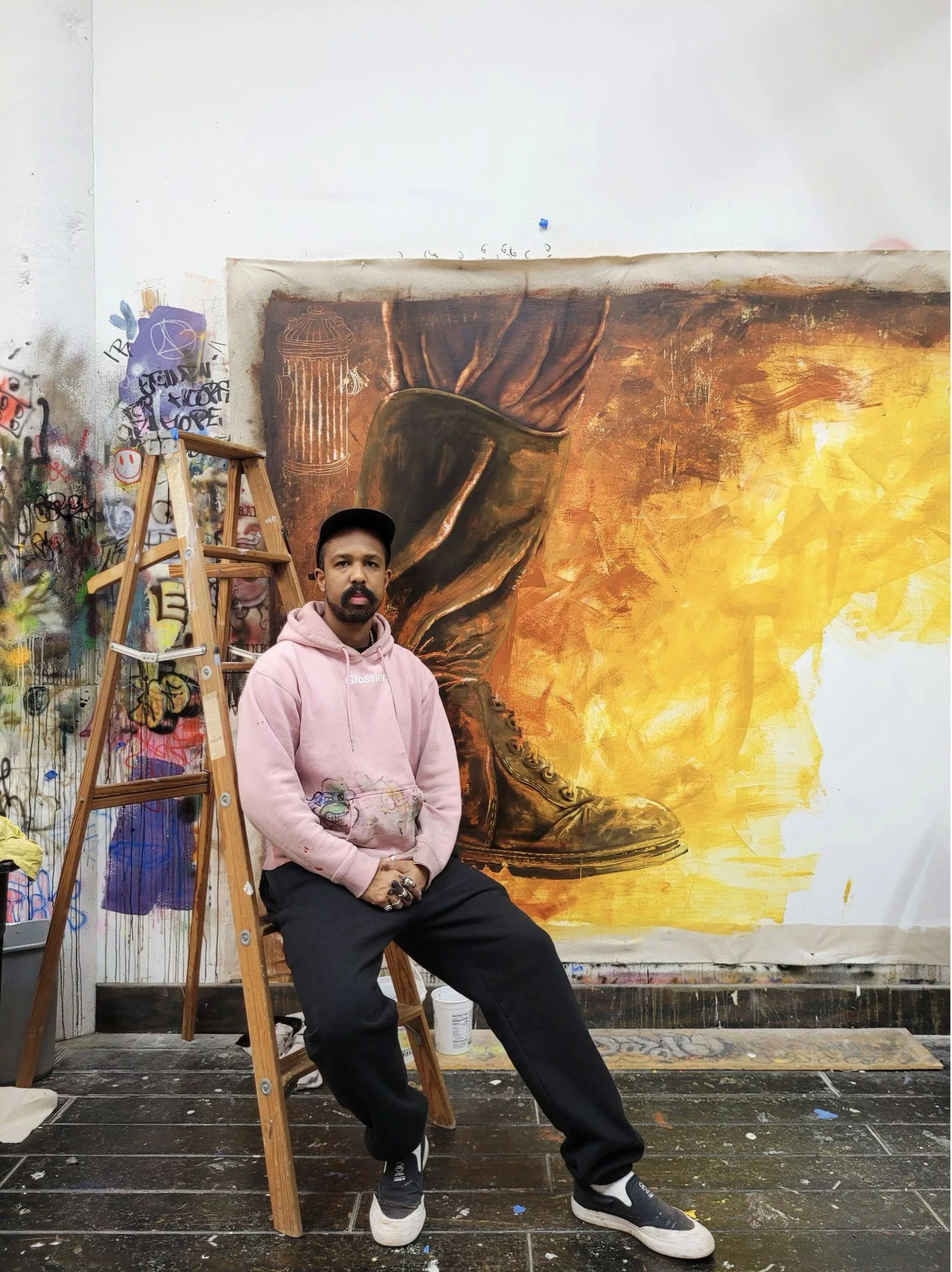
Pete: Who are the artists and how are they going to engage?
Jova: Karyn Olivier was born and raised between Trinidad and Brooklyn, New York. She’s part of an immigrant diaspora and represents the voice of Black immigrants and the legacies of rebellion across formerly enslaved African communities. These are underrepresented voices when we talk about the Black cultural experience. She’s an artist who thinks about reclaiming histories, giving honor to a certain point in time by monumentalizing…literally making monuments or markers. Telling that story felt really pertinent to this project. Karen’s work is also rooted in Germantown, where she lives.
I don’t want to say too much here now, just that her activation will be a beautiful ode to a community movement that wants to reclaim a former burial ground, as her neighbors have spent over 10 years trying to reclaim this space and make it accessible.
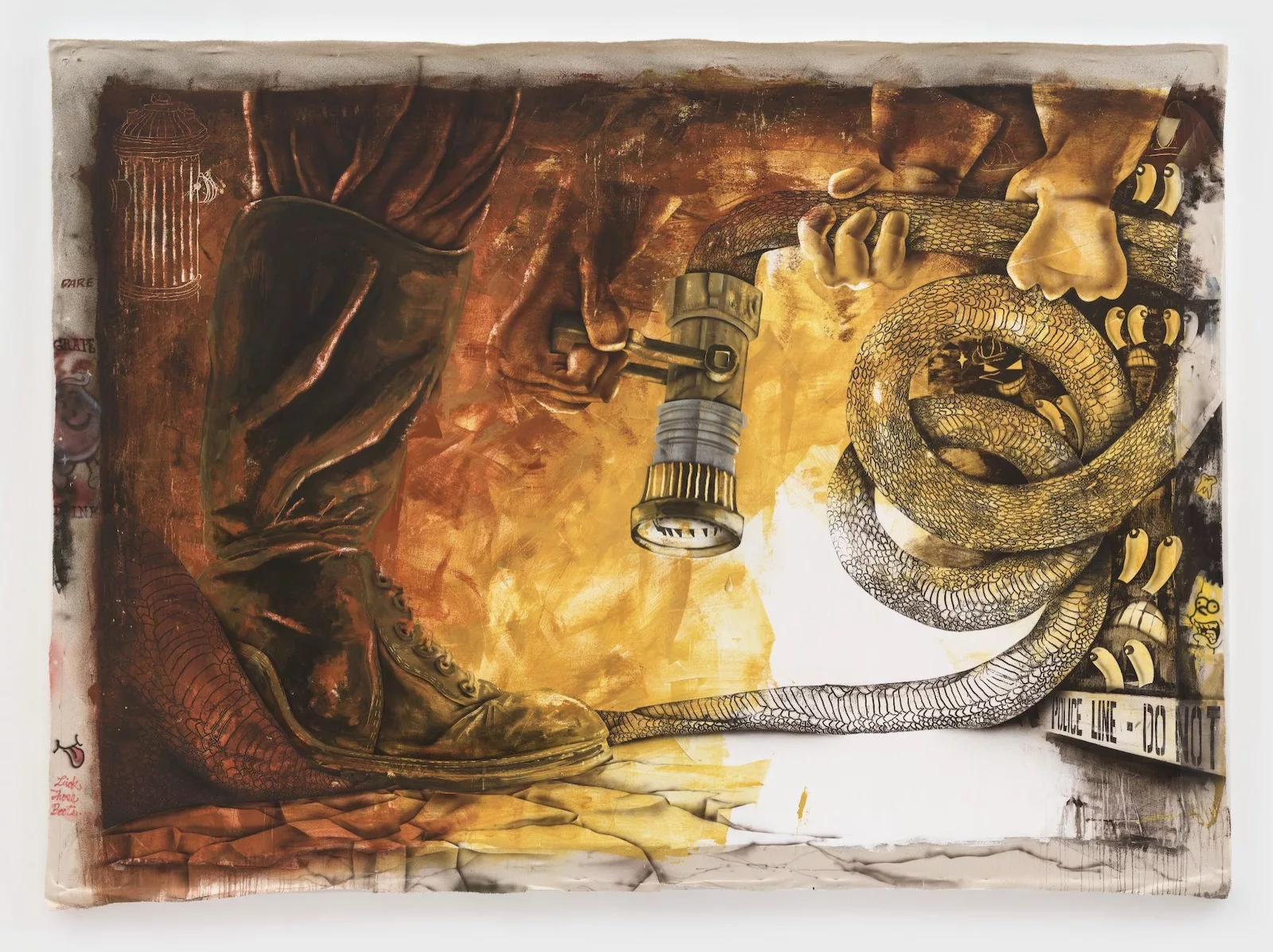
Pat Phillips’s work is inspired by the MOVE bombing, and making connections between that and the ongoing history of surveillance of Black communities and the effects of gentrification, and the disappearing of Black neighborhoods. Pat’s paintings are a semi-abstraction… fragments or moments of time that connect gentrification with larger white populist movements. When you bomb out or demolish homes you remove people. Who’s going to rebuild that site, and what does that site look like when it’s rebuilt? (In the MOVE bombing) not only were people murdered by state sanctioned violence, but as a result what happened to the neighborhood? What happened to its people? Pat has also been working with our community advisory board for this project. His work wil (consist of) a painting installation that reveals and unpacks that history, and then hosting a community event at Pentridge Station, which is a space of Black movement and liberation in Philadelphia.
Tiona Nekkia McClodden’s work is also about revealing and unpacking. She’s lived in North Philadelphia, I believe, for almost two decades. For this project she’s focusing on the history and legacy of the late, great Gladys Bentley. Gladys was born and raised in North Philadelphia, and was a fixture in the Harlem Renaissance. She was a performer, a kind of gender deviant, defiant person that has had a great impact on Black L-G-B-T-Q storytelling.
Tiona’s project takes place across the city. I think it’s important to note that Gladys’s former home was displaced and is now occupied by the Temple University campus. And so how do you tell the history of this person when the place they grew up no longer exists, and because she was L-G-B-T-Q, underrepresented in the historical record.
Each artist honed in on their own topic, and what really matters to them, as individuals, as practitioners, as people who live and work and have made their lives in Philadelphia.
Pete: What do you hope will result?
Jova: This exhibition is for everyone. My hope is that it honors and celebrates Black life as an ongoing process of living through archive. For non-Black folks, it’s an opportunity to learn, engage and have a chance to see, listen, and be with this beautiful history of Black life in Philadelphia. It also goes back to the things that interest me in curating as a platform for cultural exchange and sharing…to have more knowledge, more awareness, more appreciation for the richness of this city.
I also, I think it’s important to note we have an incredible team behind the project. It’s been developed with the help of Kiea Carter Simmons, the Associate Director of Temple Contemporary along with Emerson Brisbon, a project manager and Philadelphia native who has been doing cultural organizing across the city for over a decade. William L. Toney, the Assistant Curator on the project and a Tyler graduate has been brilliant in bringing this all together. Linda Earle who also used to work at Tyler, manages our Community Advisory Committee.
This idea started small in 2021, and now it’s a huge project. To see it come to life publicly is a joyful moment for all of us.
Pete: When does all this happen?
Jova: The show opens on August 30th at Temple Contemporary, with the various interventions and activations happening periodically through September and October, and closing December 7th. There is going to be a convening on Black Life as a Living Practice, with the artists and the Community Advisory Committee on November 16th.
Pete: Any closing thoughts?
Jova: I think that the best way to say this is that I have a deep love for Philadelphia and a love for Tyler. What’s going on there is so important and so meaningful. I’m thankful to be a part of it.
Exhibition Summary
Black Like That: Our Lives As Living Praxis Exhibition
Aug 30–Dec 7, 2024
Opening reception: August 30, 5—7 p.m. at Temple Contemporary
Temple Contemporary, Tyler School of Art and Architecture, 2001 N 13th St., Philadelphia, PA 19122
– Tiona Nekkia McClodden’s ‘Sleight of Figure” [For Gladys] will take the form of a video truck driven from South to North Philadelphia celebrating the influence of Gladys Bentley.
– Pat Phillips will organize a community pop-up at Pentridge Station in West Philadelphia through murals and related activities.
– Karyn Olivier will engage in community-based transformational activities in the Germantown Potters Field, an historic African-American cemetery.
– Convening with Artists and Community Advisory Committee on November 16th, location TBD.
– Activities will occur periodically between August 30th and December 7th.
– Additional information forthcoming at www.blacklikethat.org or Temple Contemporary.
For more on the artists or curator, check out
Artblog’s 2023 interview with Jova Lynne
Artblog’s 2020 Artist and Social Responsibility discussion with Karyn Olivier and Ken Lum
Artblog’s 2016 interview with Tiona Nekkia McClodden


